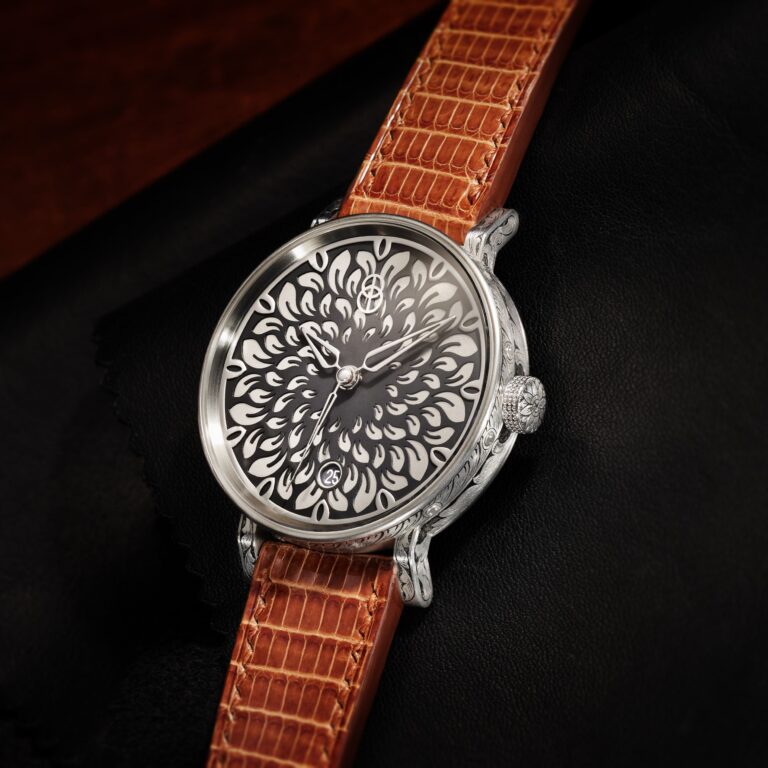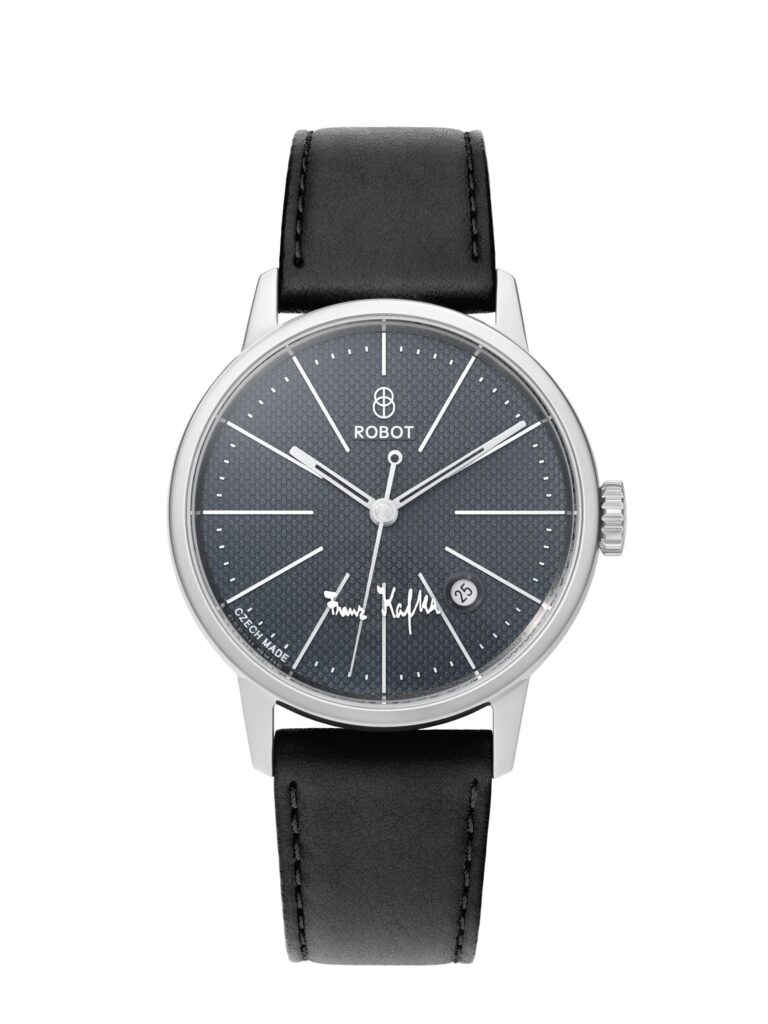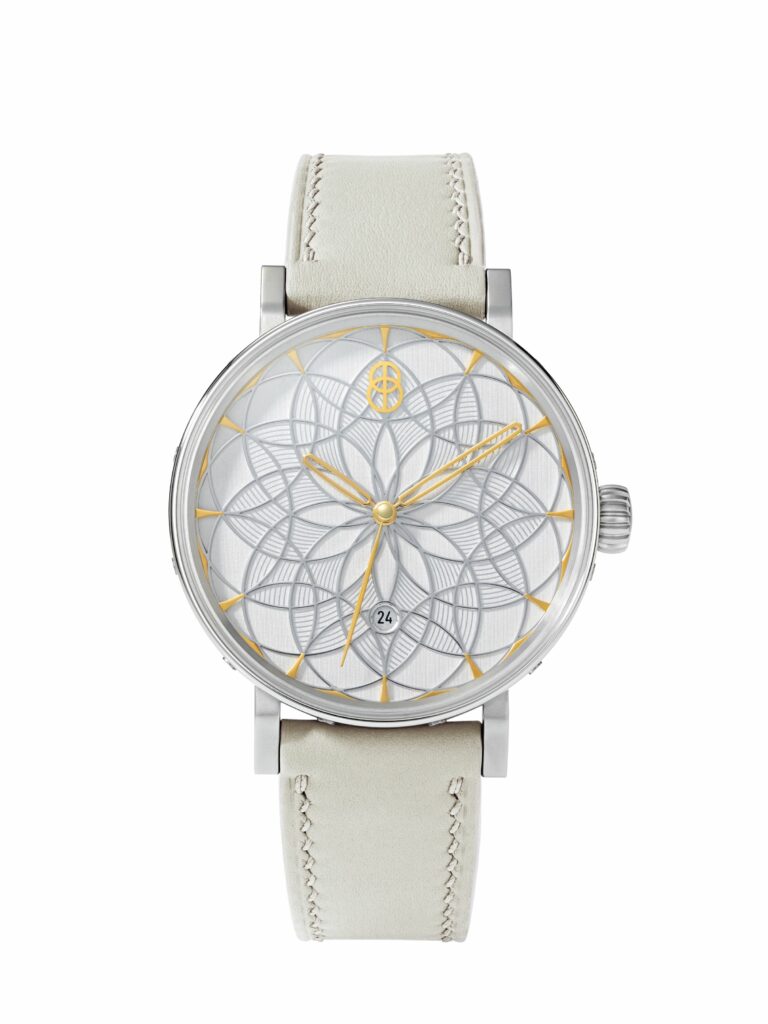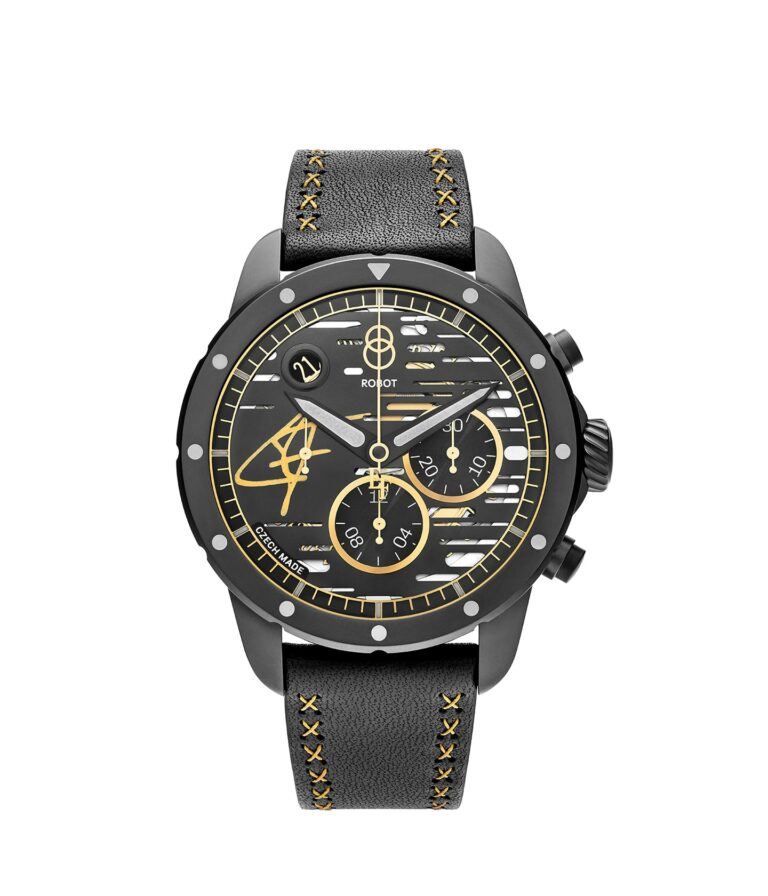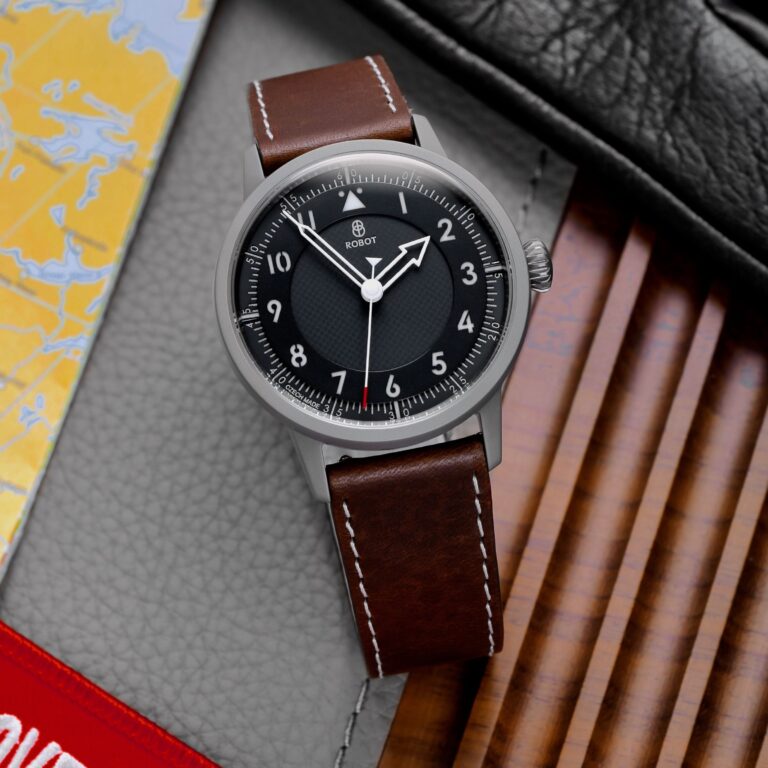MINOR
Spojení s legendou závodních okruhů.
Sportovní chronograf jako pocta legendárnímu českému automobilu Aero Minor Sport, vítězi závodu 24 hodin Le Mans 1949. Titanové pouzdro (průměr 44 mm) nabízí lehkost pro pohodlné denní nošení. Originální design číselníku s 3462 perforacemi odhaluje automatický strojek La Joux-Perret, inspirovaný palubními přístroji a ozubením převodovky.
Sportovně zaměřený chronograf ROBOT MINOR je poctou závodníkům a legendárnímu českému automobilu Aero Minor Sport. Ten v roce 1949 vyhrál legendární závod 24 hodin Le Mans a dnes tuto legendu čs. motorsportu můžete opět vídat na závodních tratích a veteránských přehlídkách.
Na pohled robustní pánské hodinky (průměr 44 mm) jsou díky pouzdru z titanu velmi lehké a praktické pro denní nošení.
Zaujmou originálním designem, jemuž dominuje číselník s 3462 miniaturními perforacemi, díky nimž můžete vidět do srdce automatického hodinového strojku La Joux-Perret.
Grafika číselníku a tvar ručiček připomínají přístroje palubní desky, v korunce a tlačítkách pro řízení mechanického chronografu ožívá ozubení převodovky, rotor automatického nátahu odkazuje na geometrii disku kola.
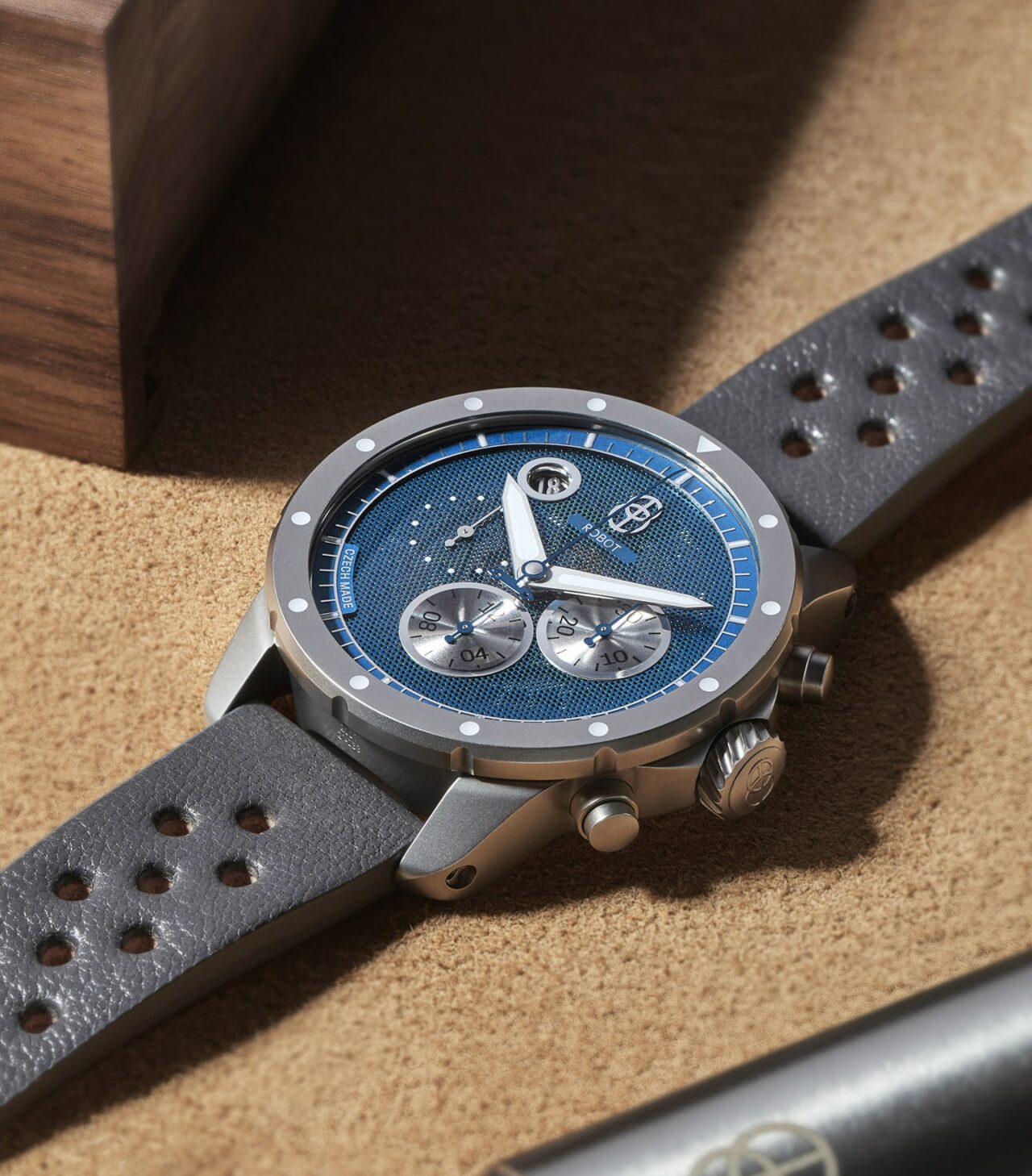
- sportovně laděný chronograf s výrazným racing designem a možností individualizace
- prémiové balení – kožené cestovní pouzdro a hadřík na údržbu jako součást každých hodinek
- lehké titanové pouzdro
- detaily inspirované Aero Minor Sport:
- korunka ve tvaru ozubení převodovky
- chronograf jako pocta 24 hodinám Le Mans
- rotor odkazující na geometrii disku kola
- 3462 perforací v číselníku umožňuje částečný průhled do strojku
- reliéfní subčíselníky vyrobené galvanoplastikou
- skeletovaný datový věnec
- ručně opracované ručky:
- hodinová a minutová frézované a leštěno-broušené
- sekundová leštěná
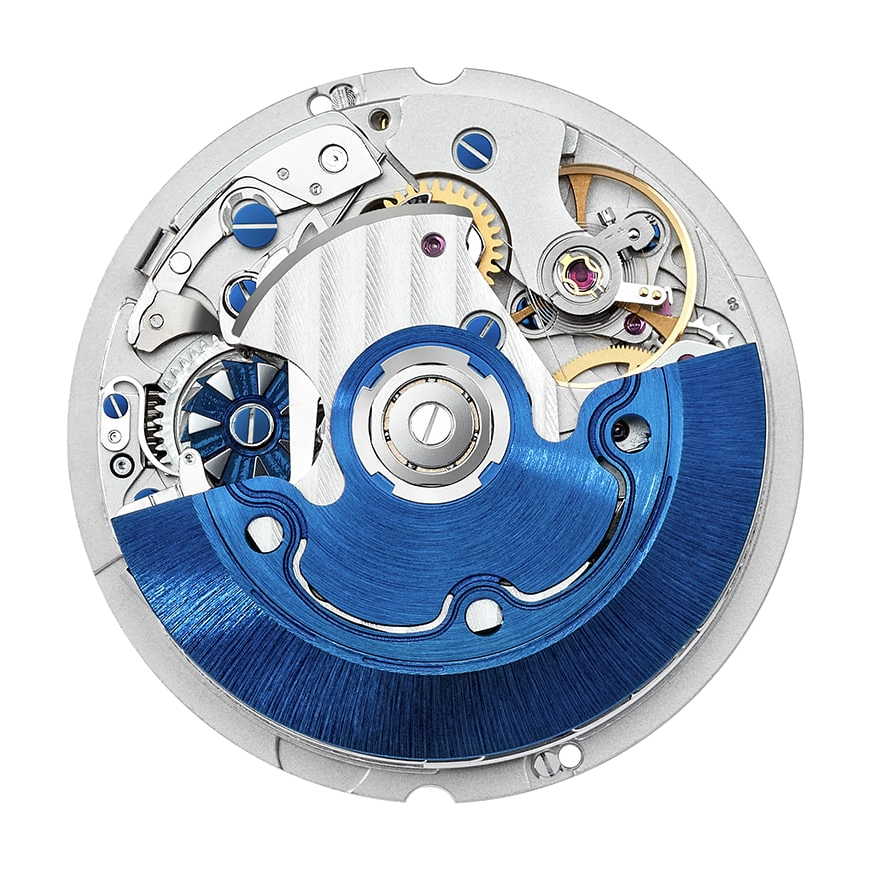

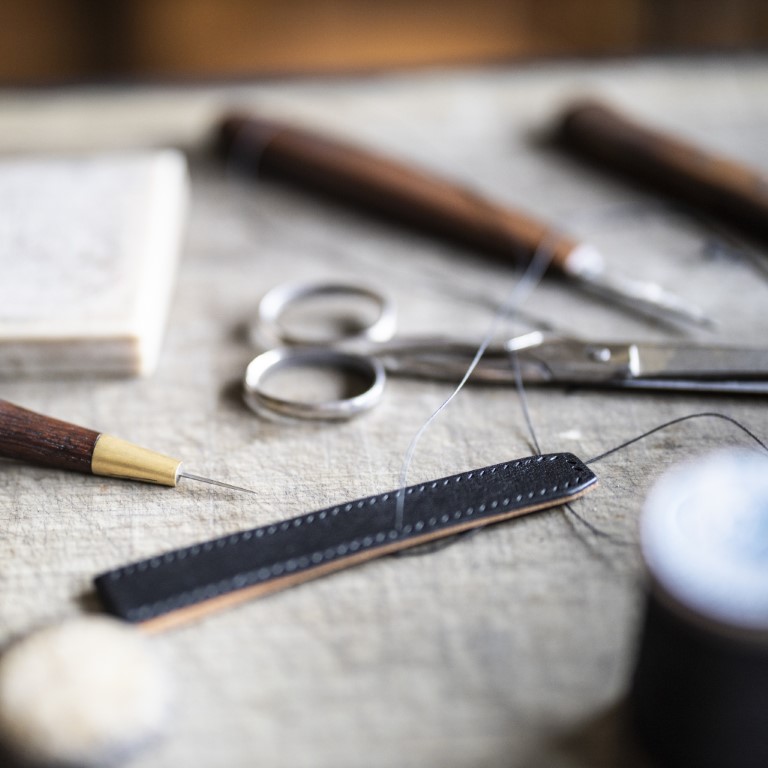
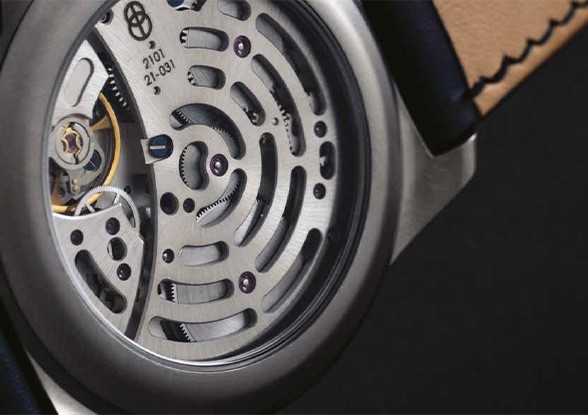


„Když se dívám kolem sebe, mívám pocit zodpovědnosti za to, co nám zde zanechali naši předkové a o co vše je třeba se postarat. Neměla by to být jenom povinnost, ale i radost. Uchovávání tradičních řemesel a život v souladu s přírodou a architektonickým dědictvím mi přináší inspiraci a uspokojuje mne. Klid a vyrovnanost jsou základní podmínky pro práci, která vyžaduje naprostou preciznost.“
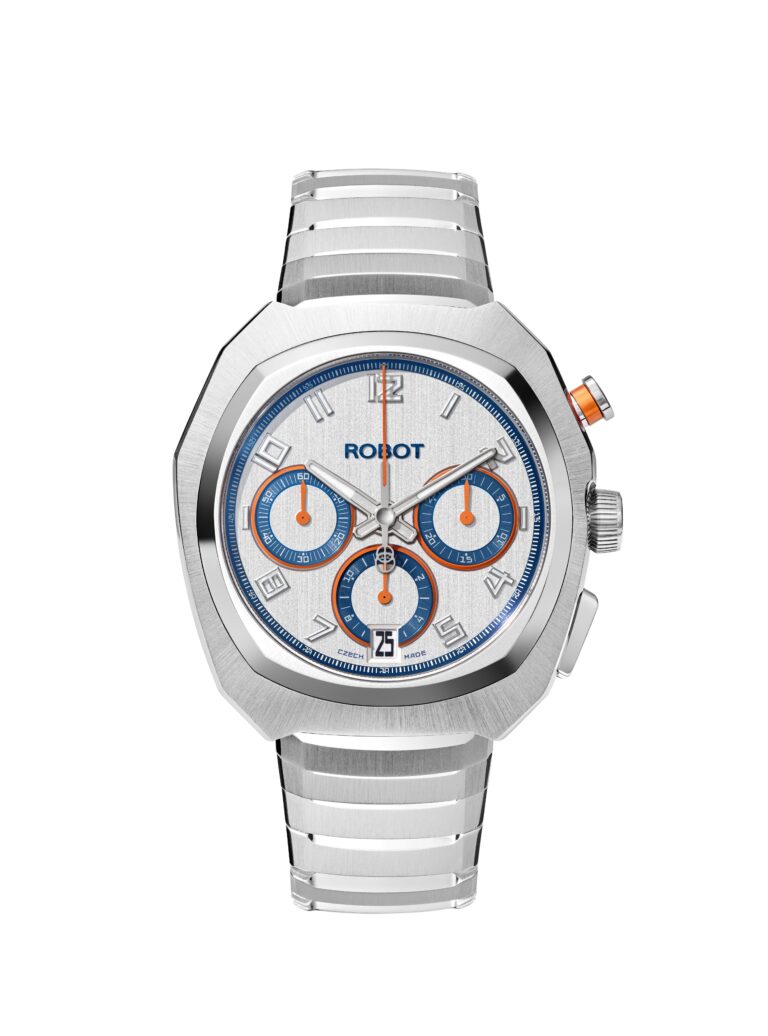 Silver
Silver 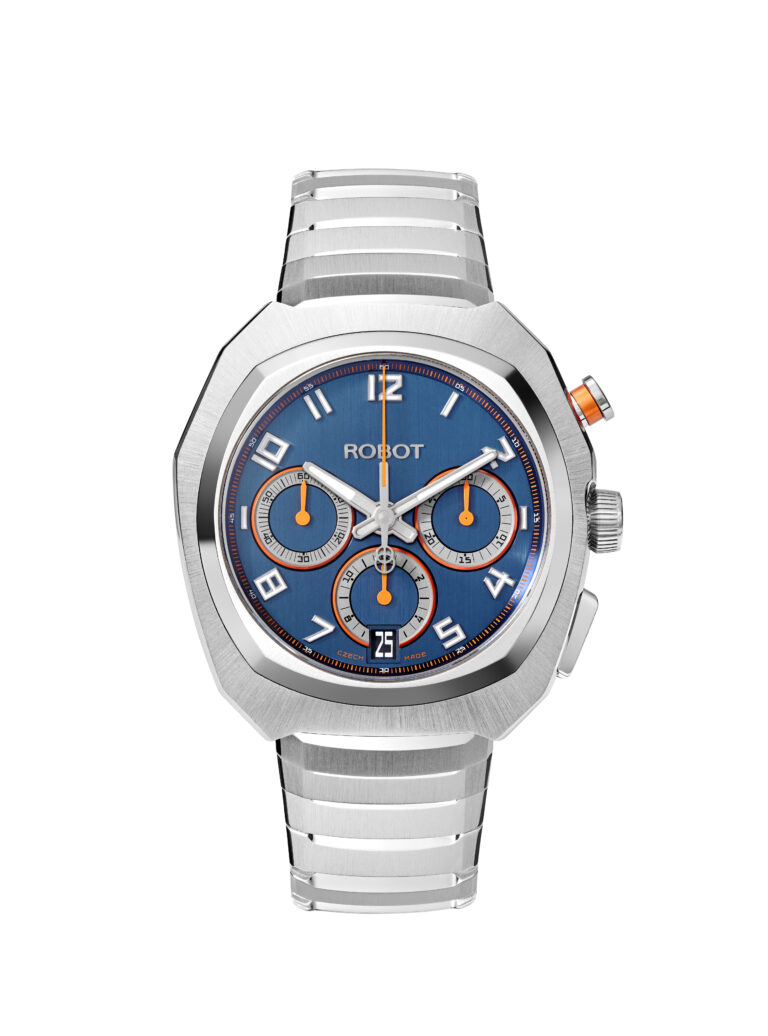 Blue
Blue 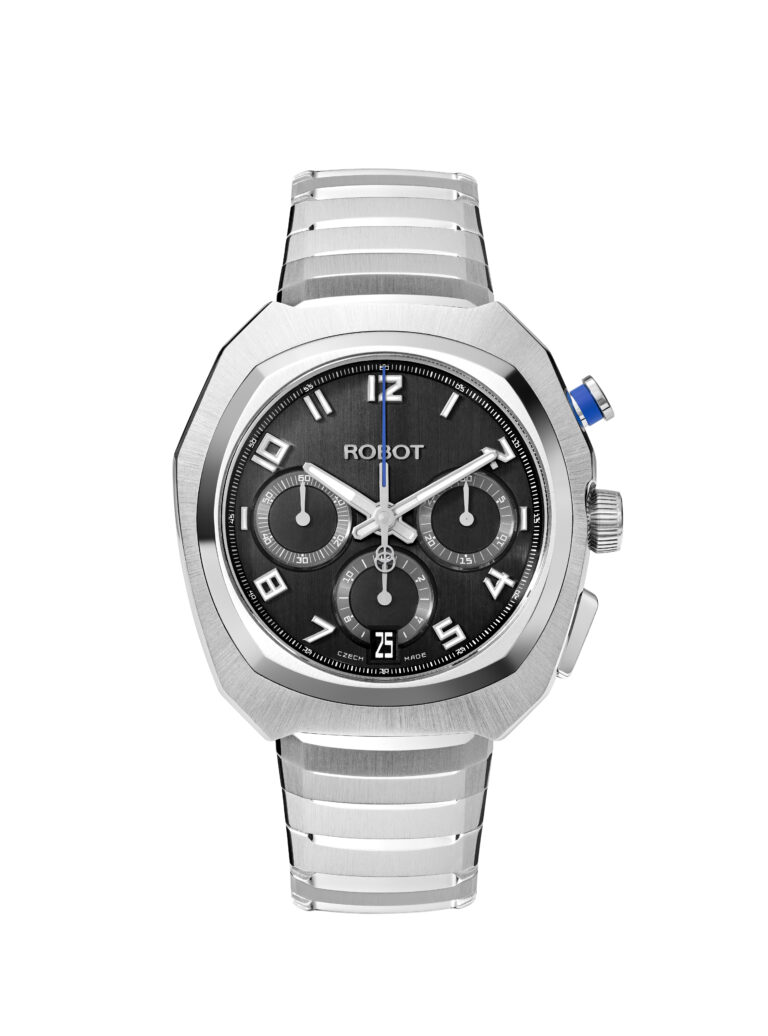 Black
Black 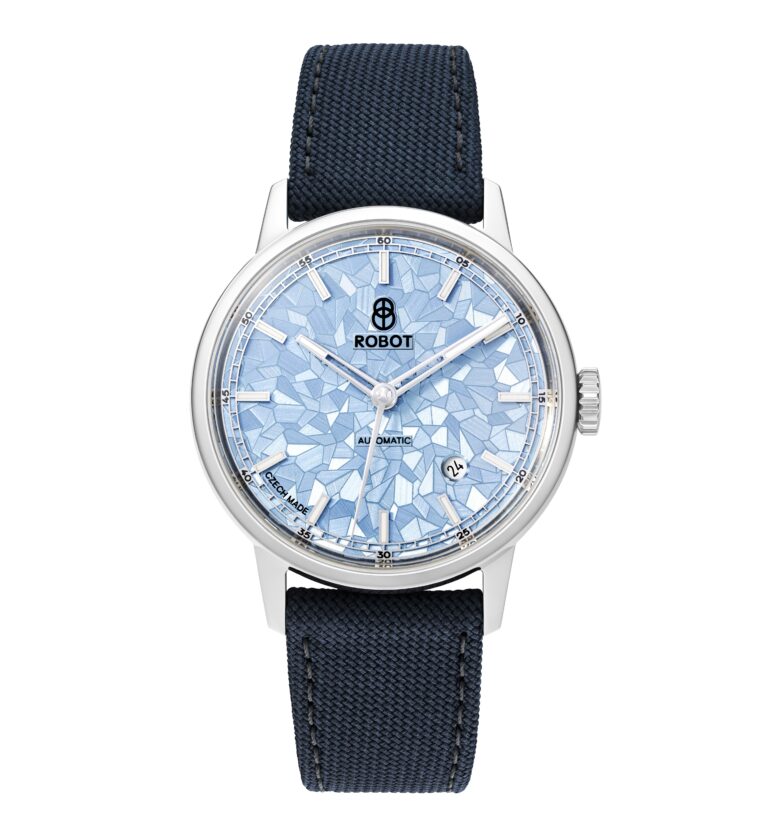 Blue
Blue 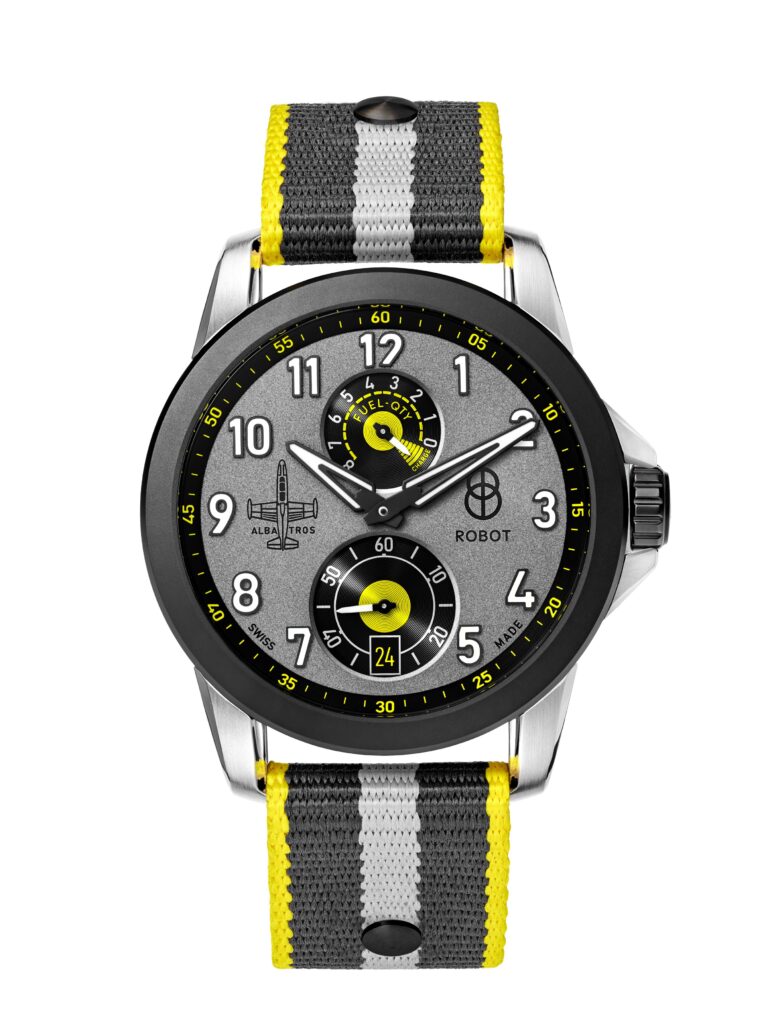 Silver
Silver 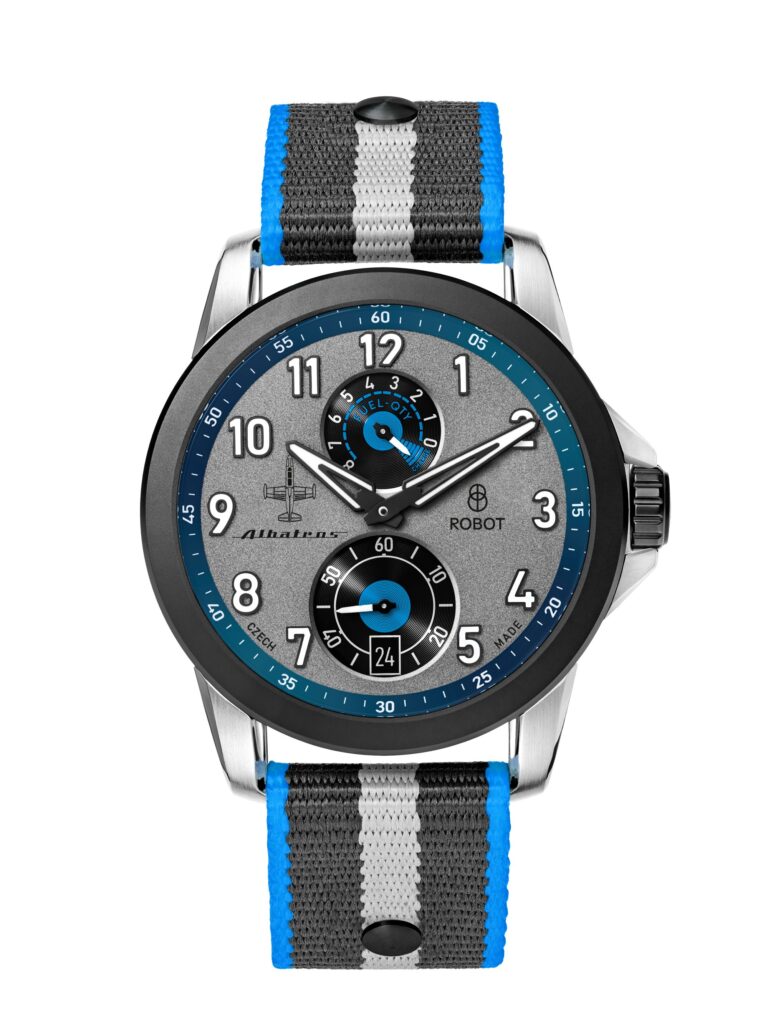 Blue
Blue 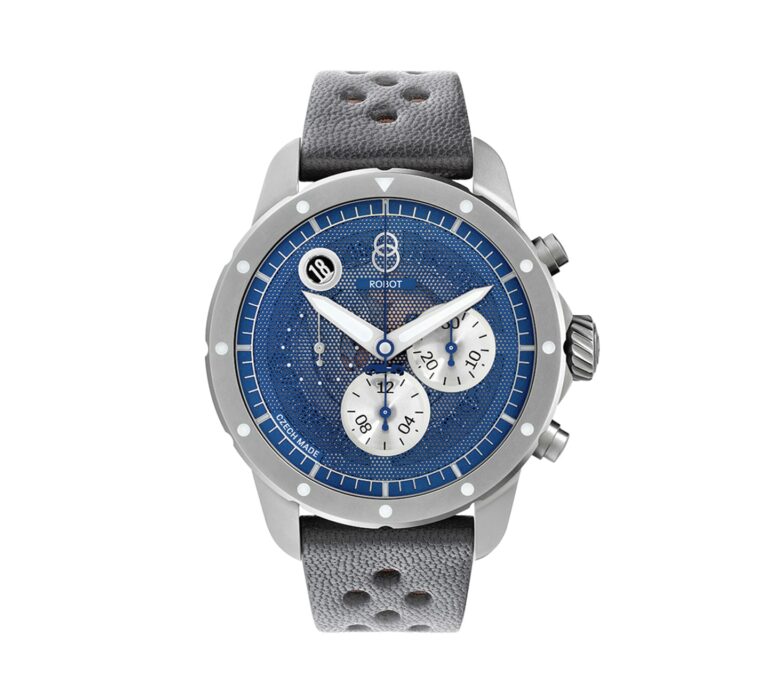 LE MANS BLUE
LE MANS BLUE 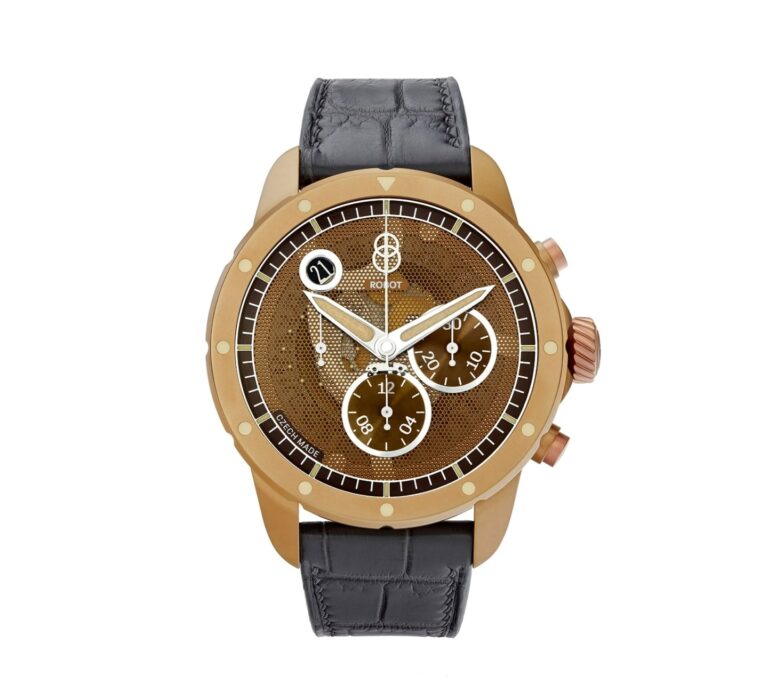 BRONZE AURA PVD
BRONZE AURA PVD 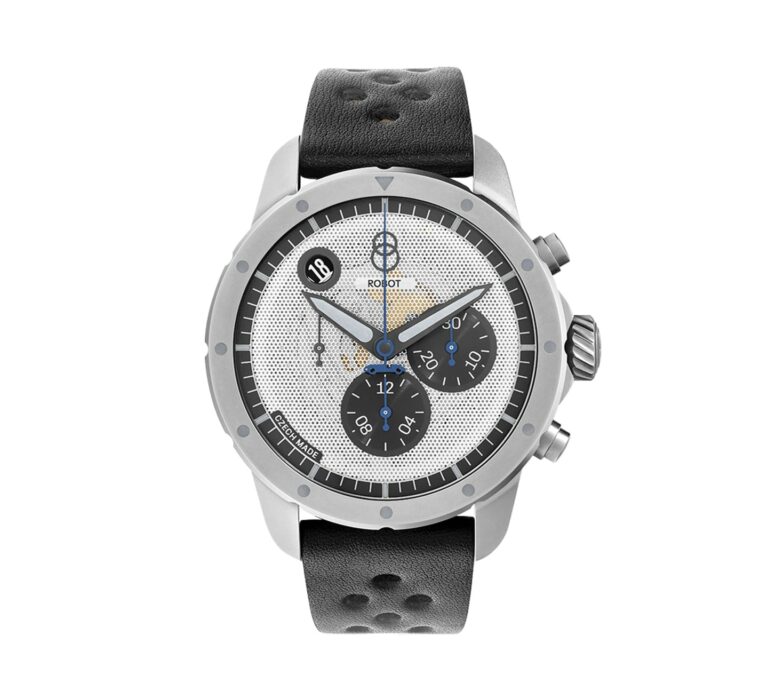 SPA GREY
SPA GREY 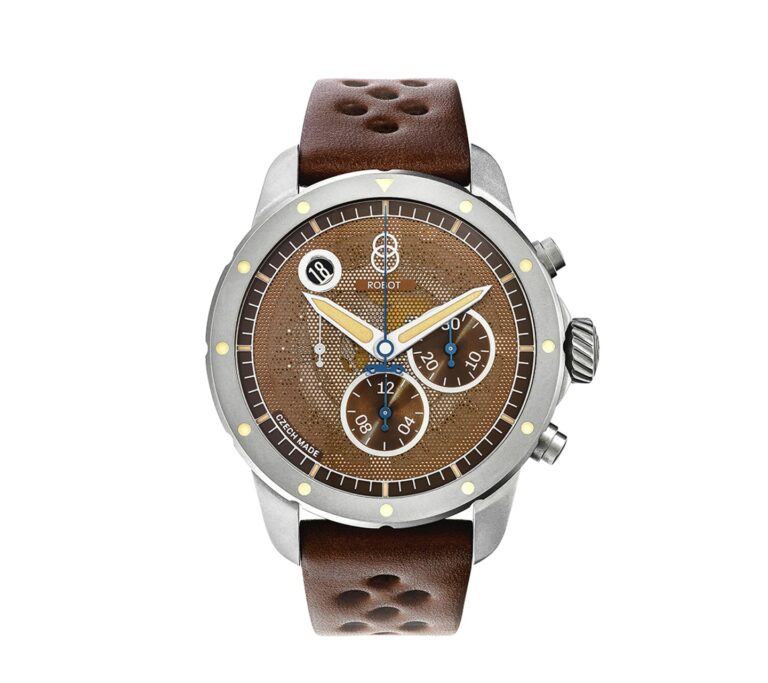 INDY SUNBURN
INDY SUNBURN 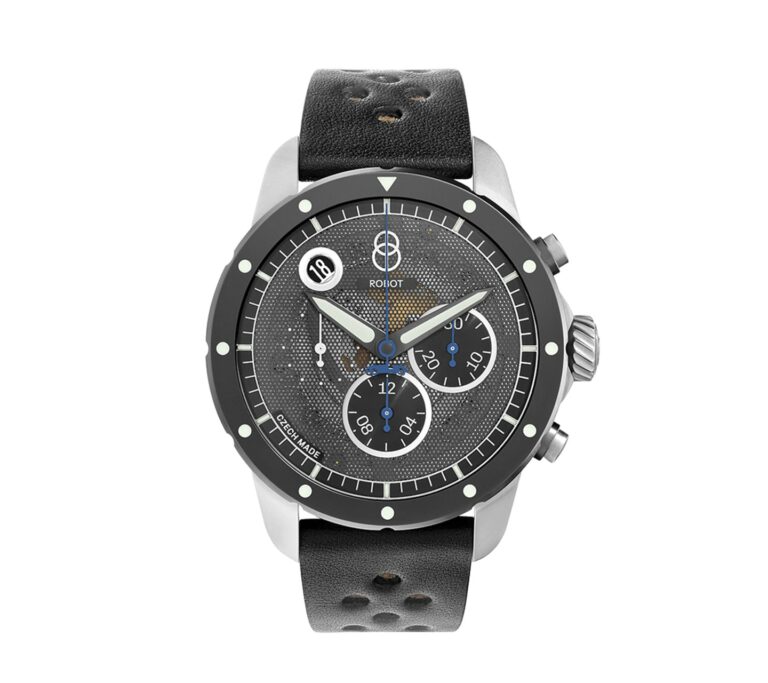 MONACO BLACK
MONACO BLACK 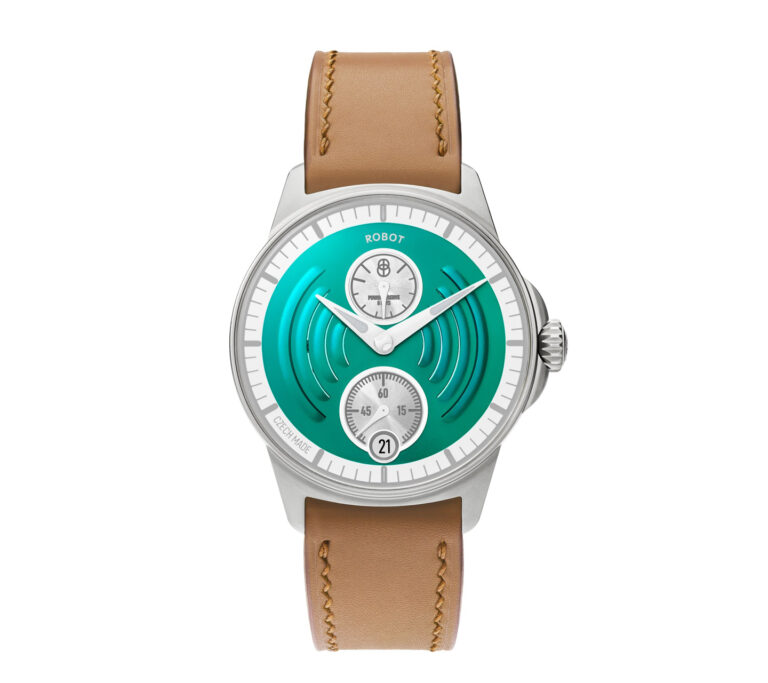 TITANIUM GREEN
TITANIUM GREEN 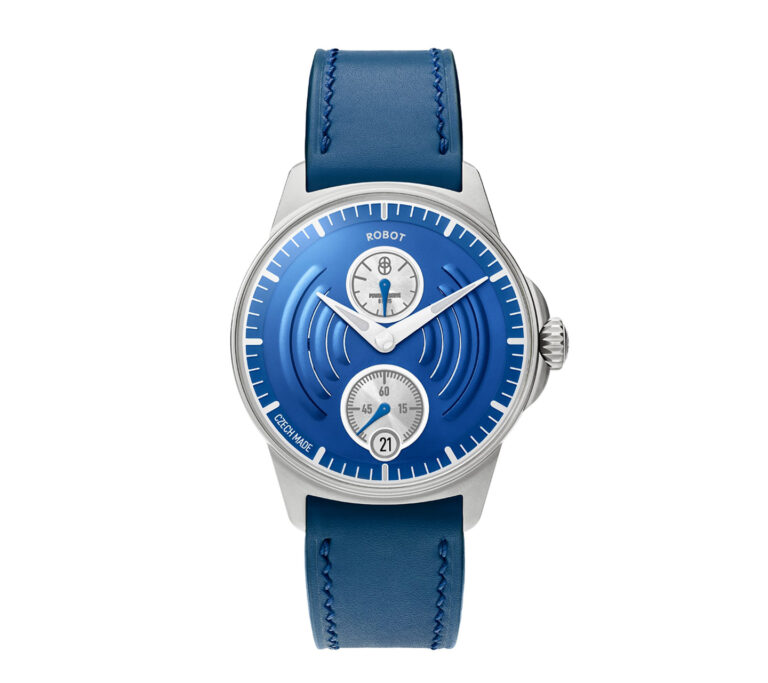 COBALT BLUE
COBALT BLUE 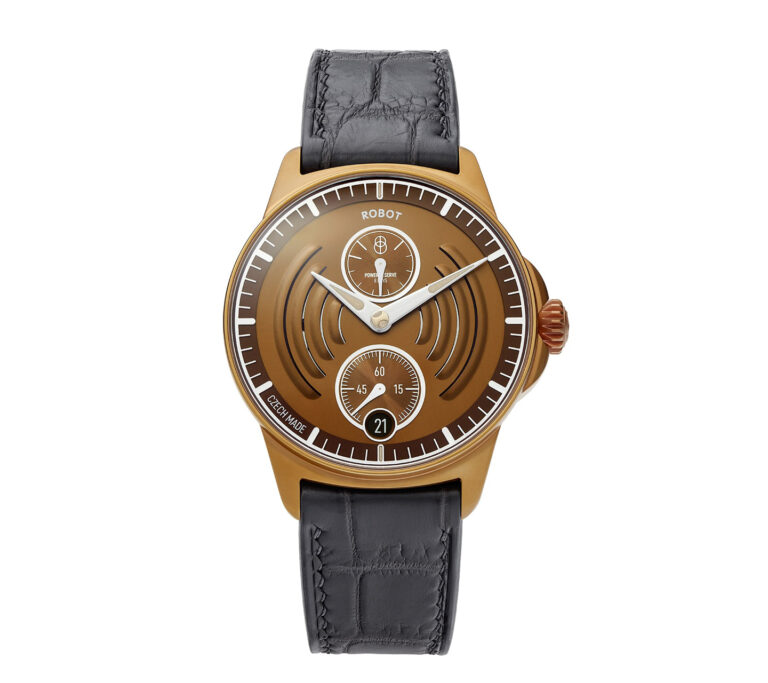 BRONZE AURA PVD
BRONZE AURA PVD 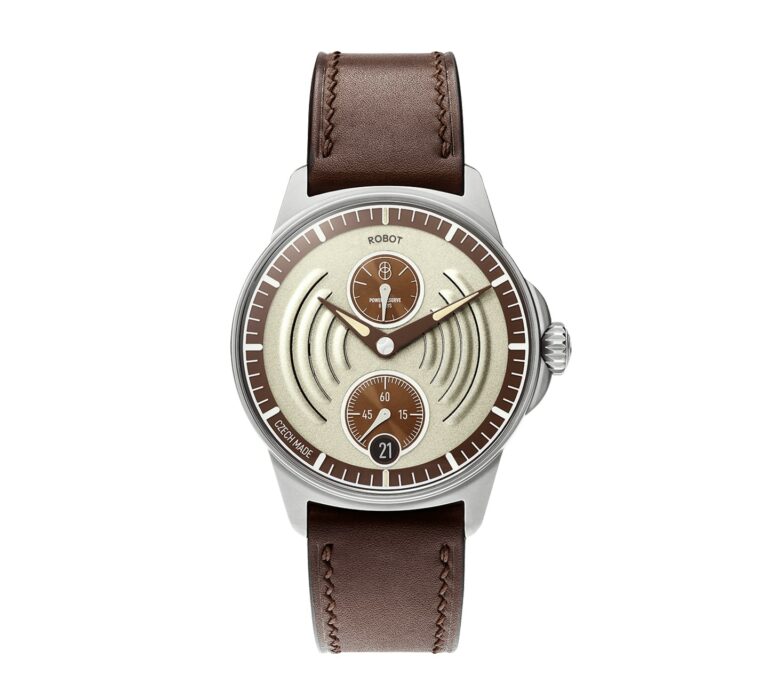 STREAMLINE BEIGE
STREAMLINE BEIGE 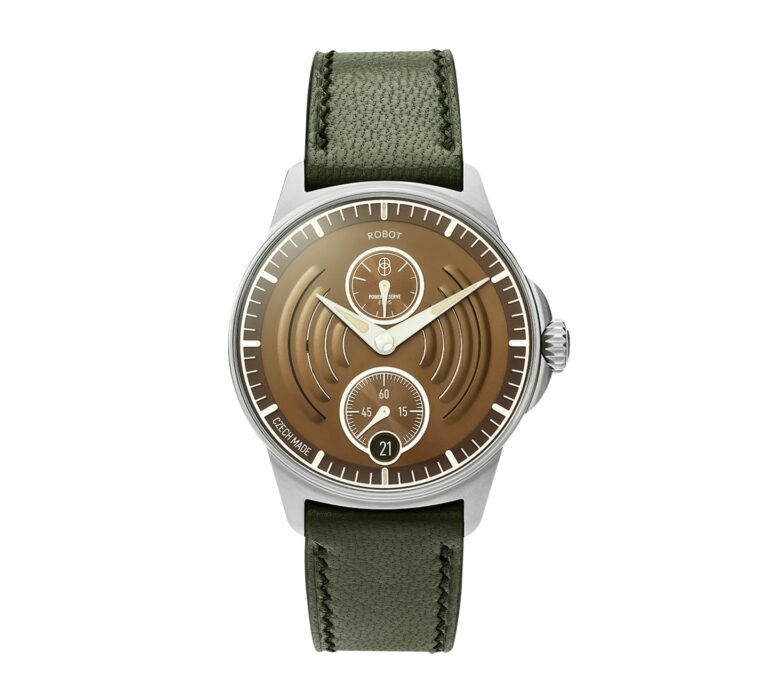 COPPER BROWN
COPPER BROWN 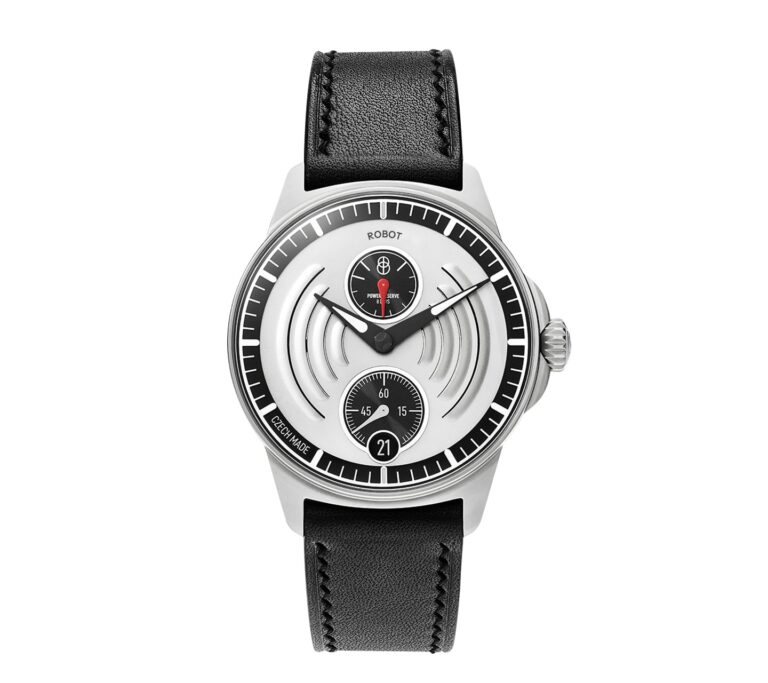 SILVER METALIC
SILVER METALIC 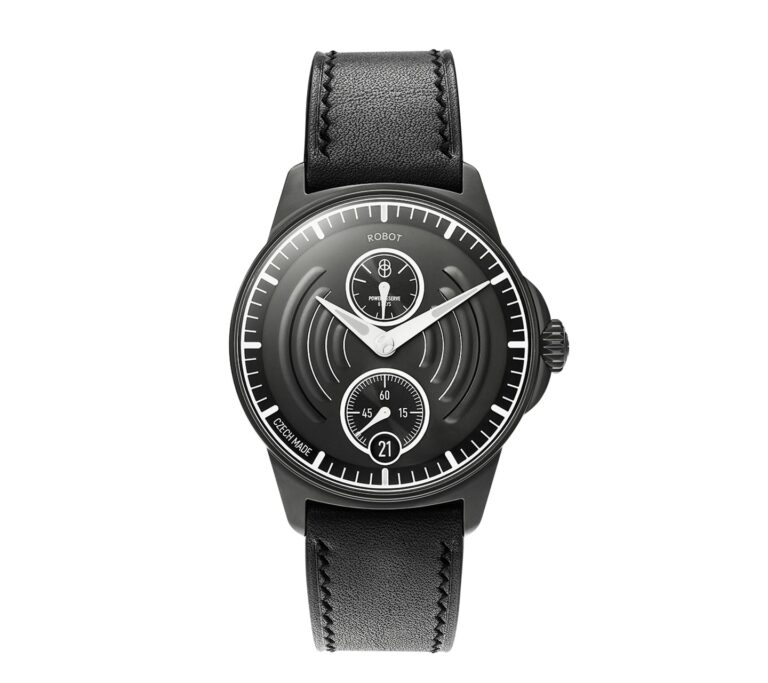 BLACK NICKEL
BLACK NICKEL 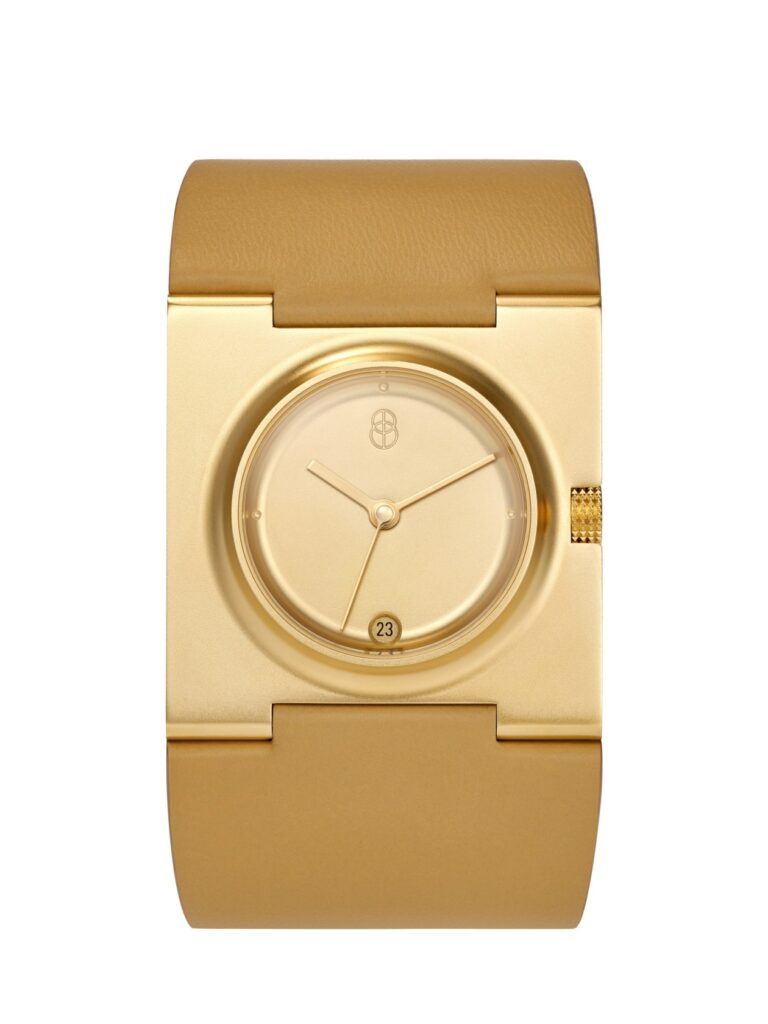 AURA
AURA 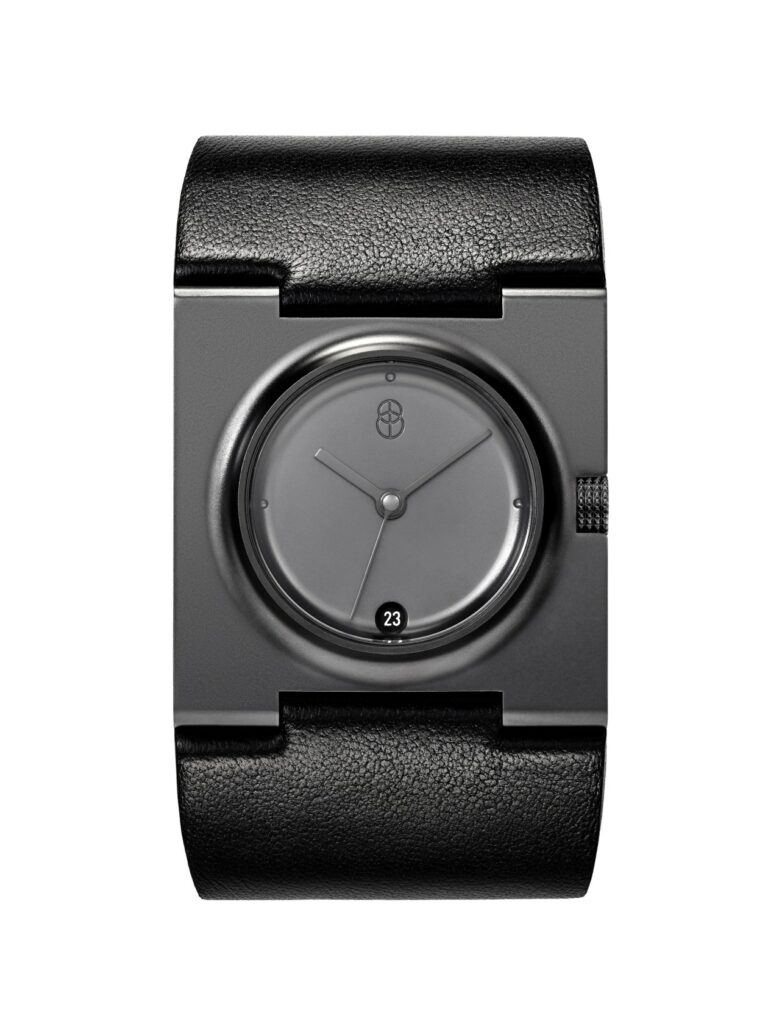 NERA
NERA 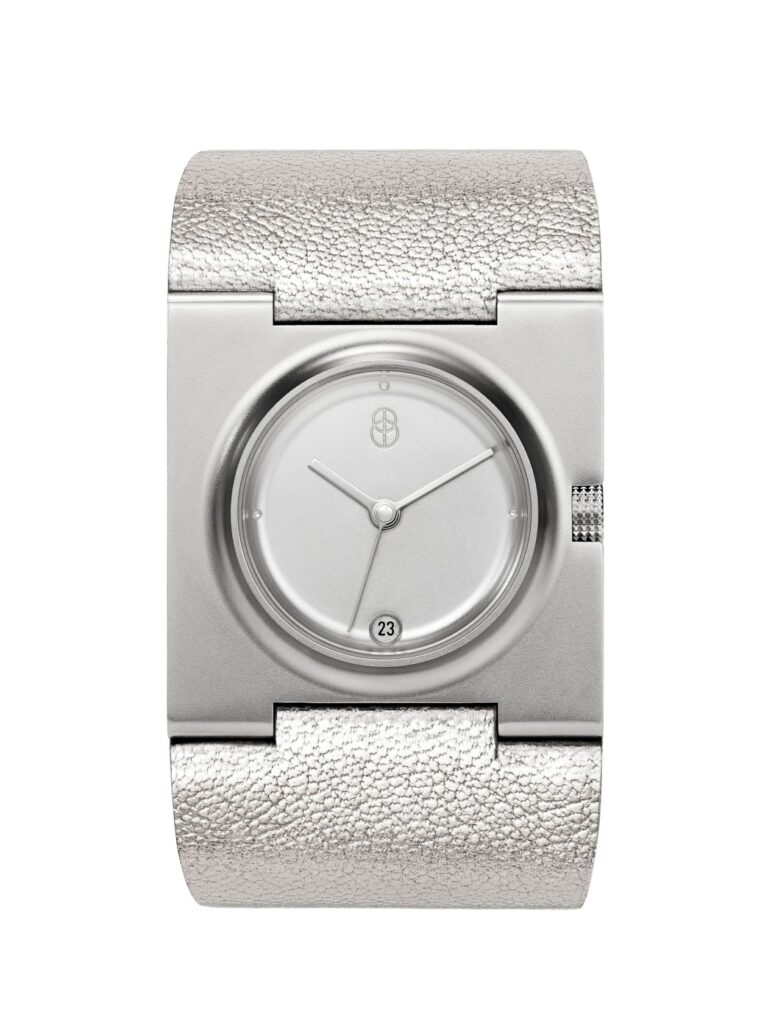 SILVER
SILVER 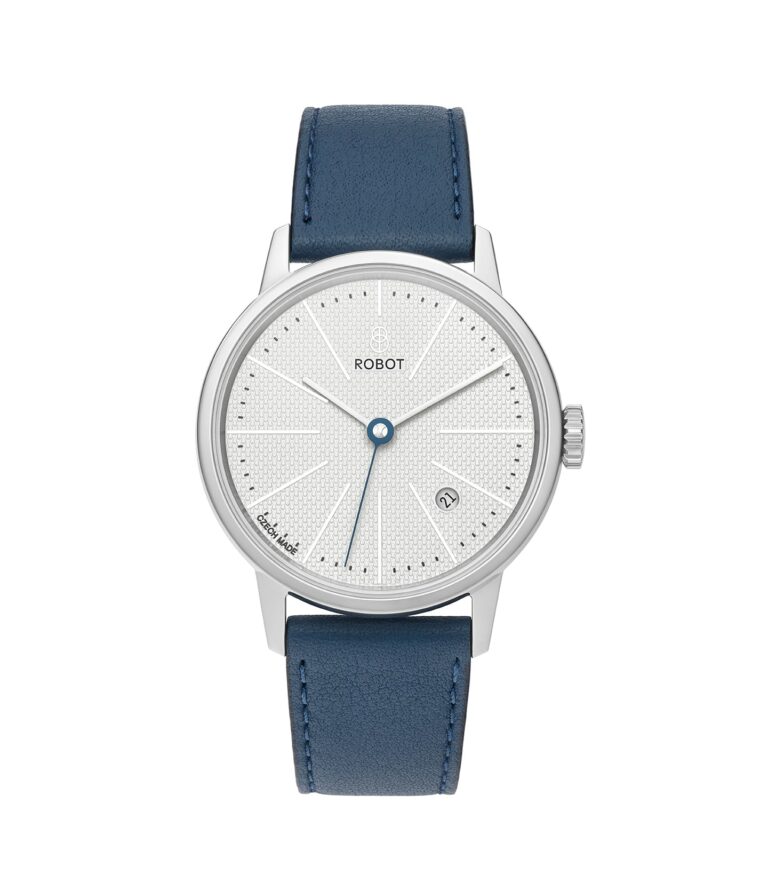 WHITE
WHITE 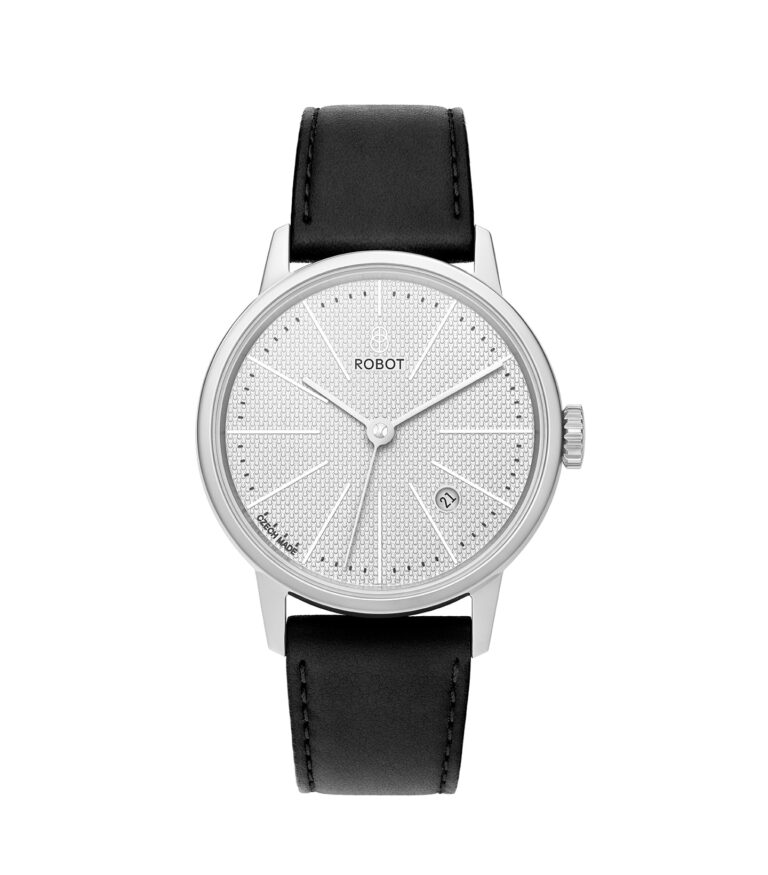 SILVER
SILVER 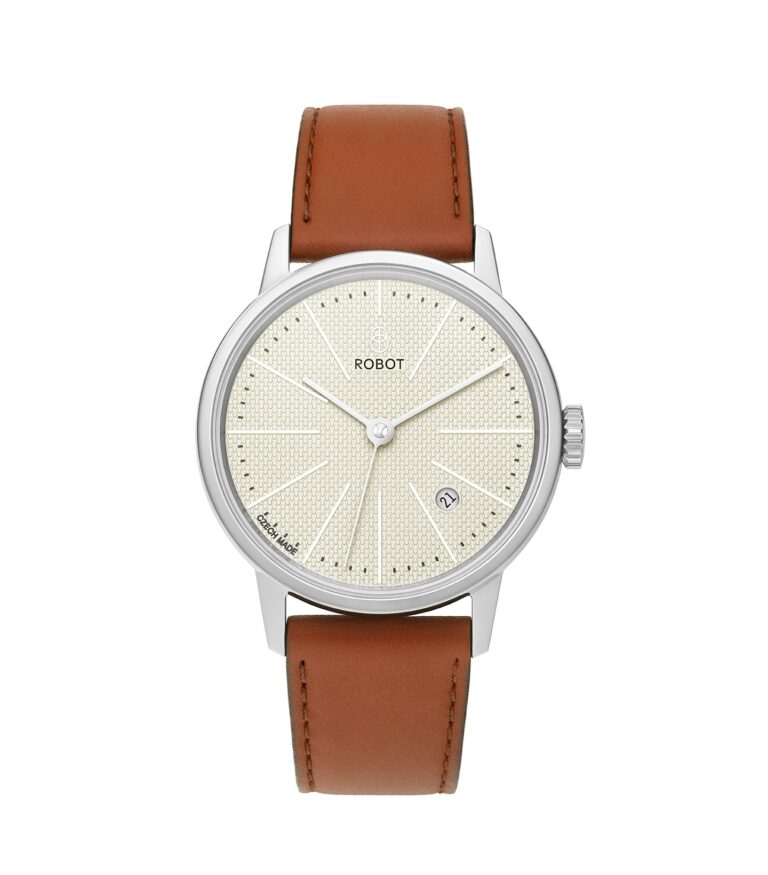 IVORY
IVORY 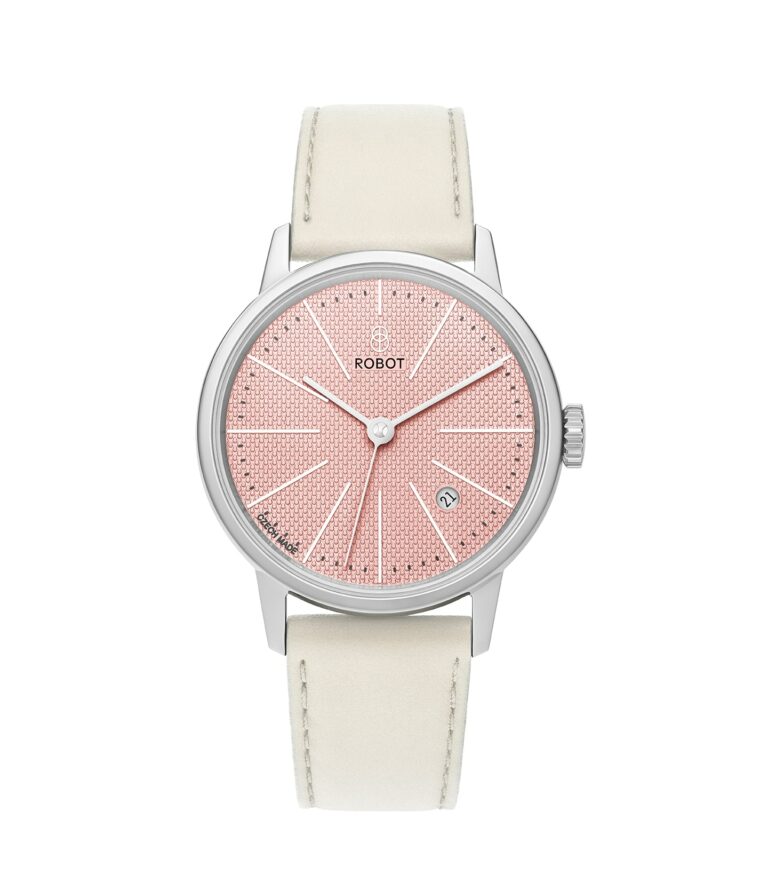 PINK
PINK 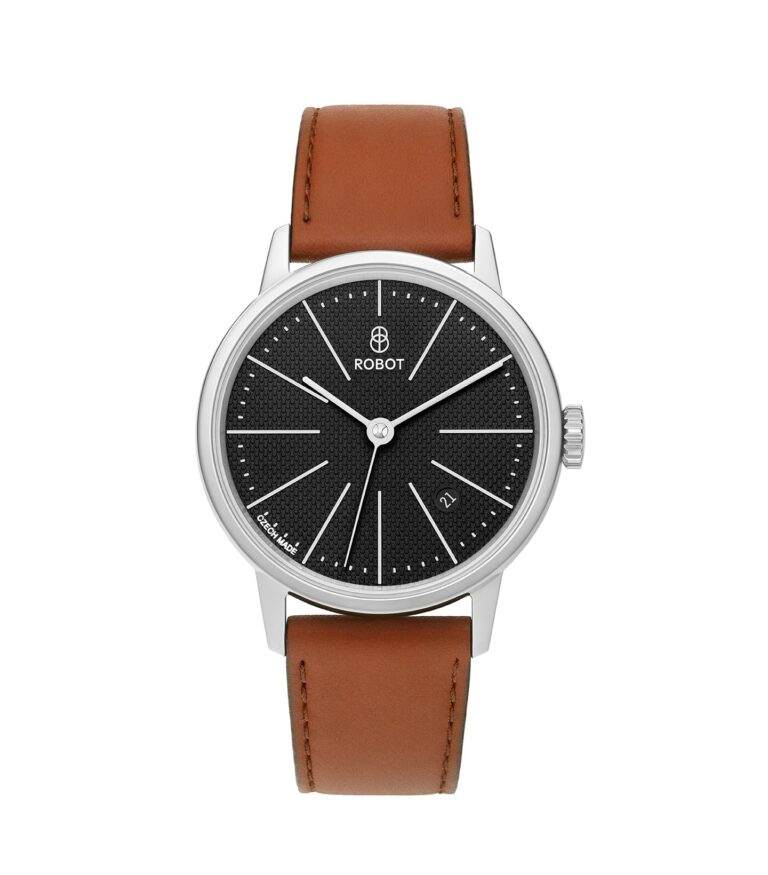 BLACK
BLACK 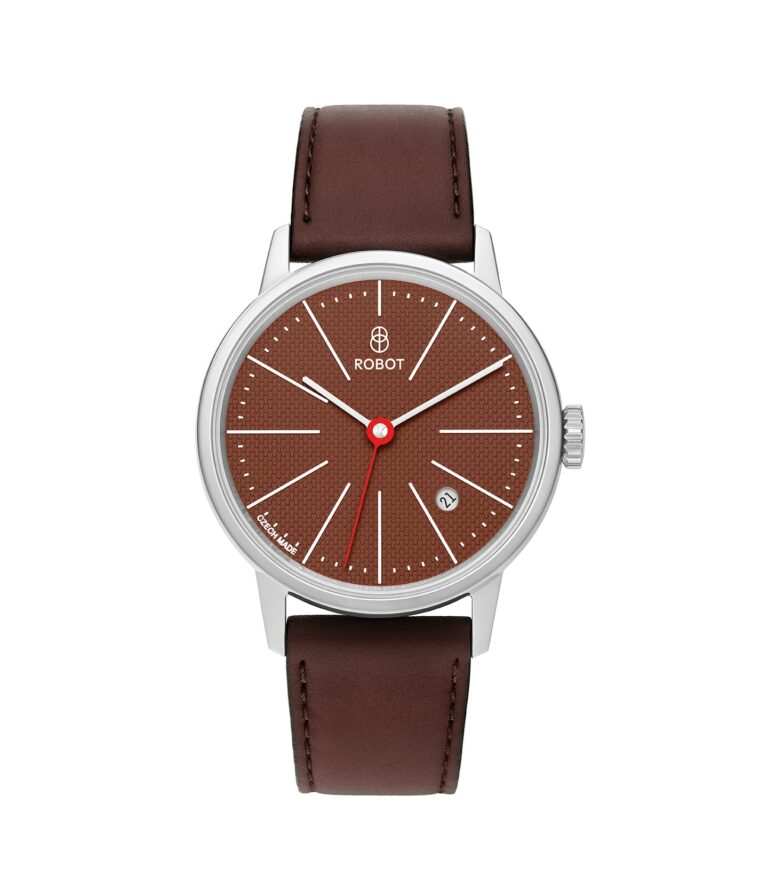 BROWN
BROWN 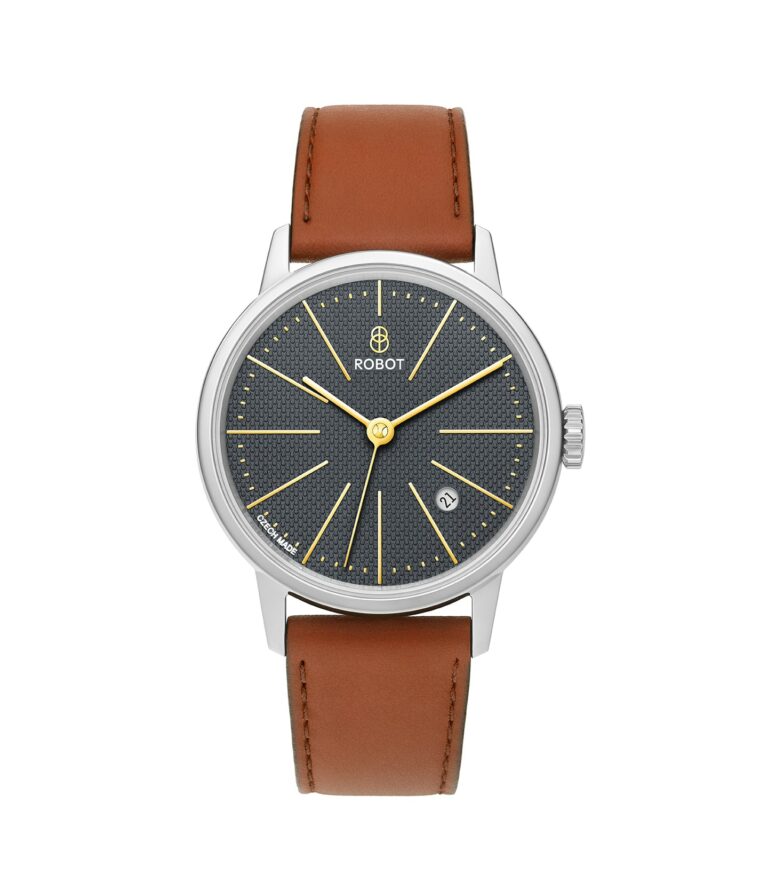 GREY SUN
GREY SUN 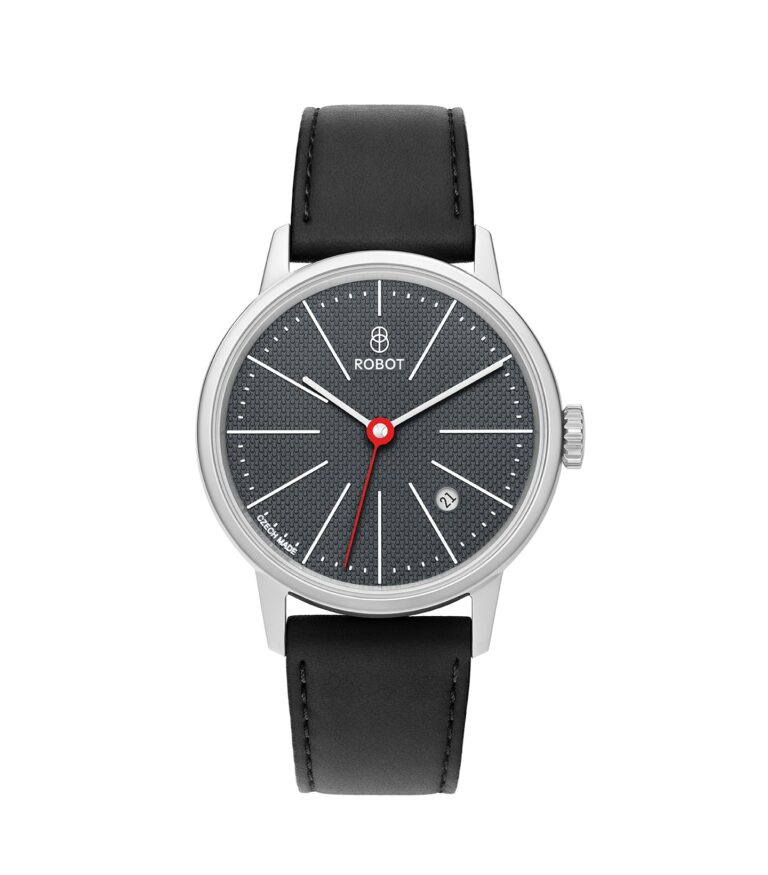 GREY
GREY 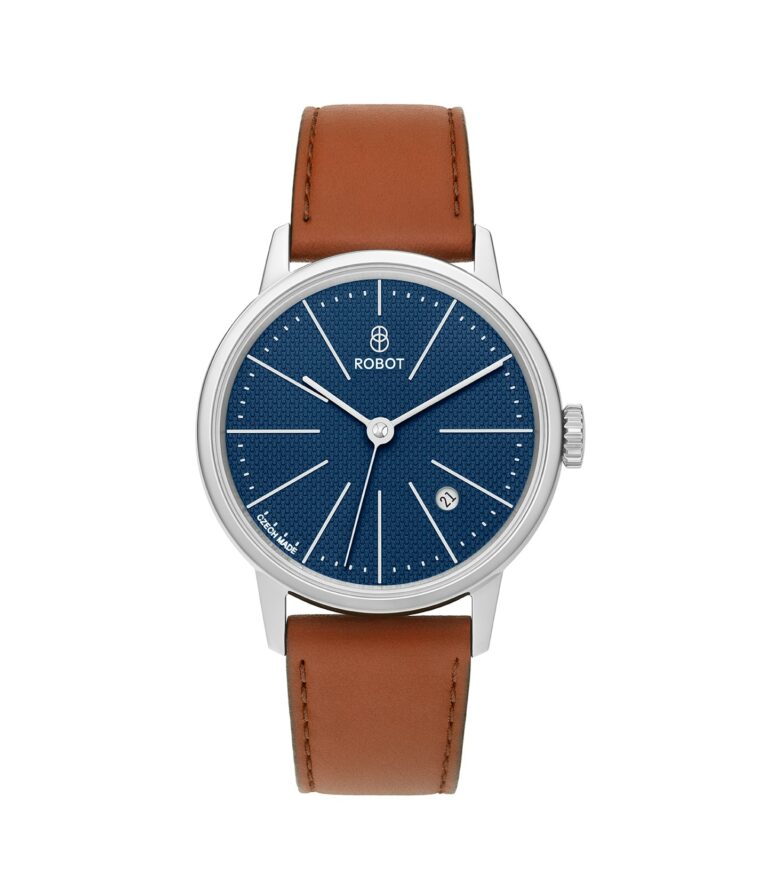 BLUE
BLUE 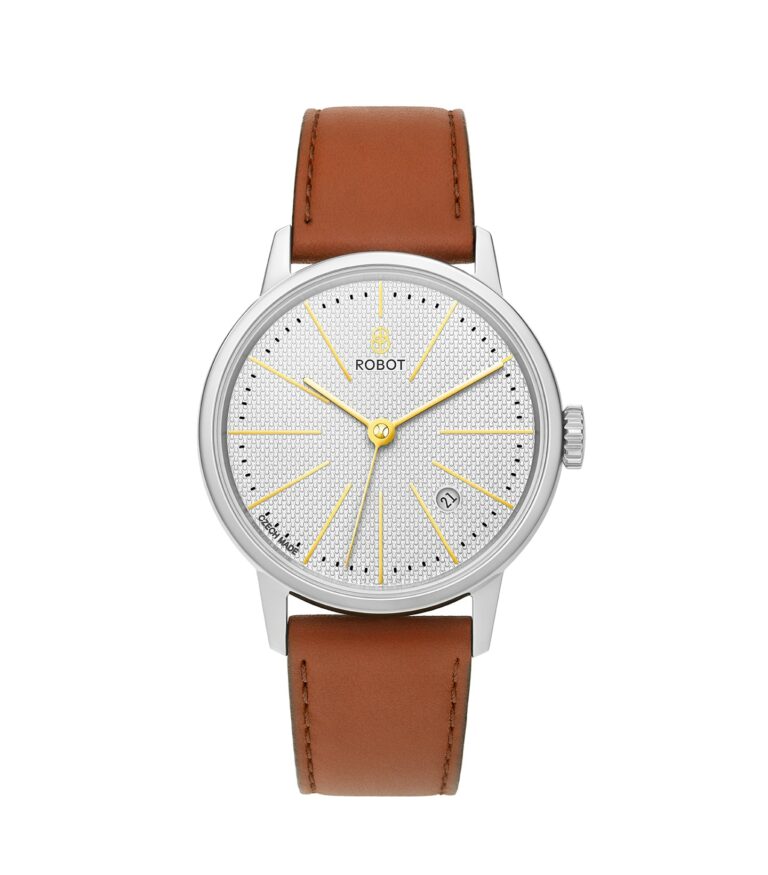 SILVER SUN
SILVER SUN 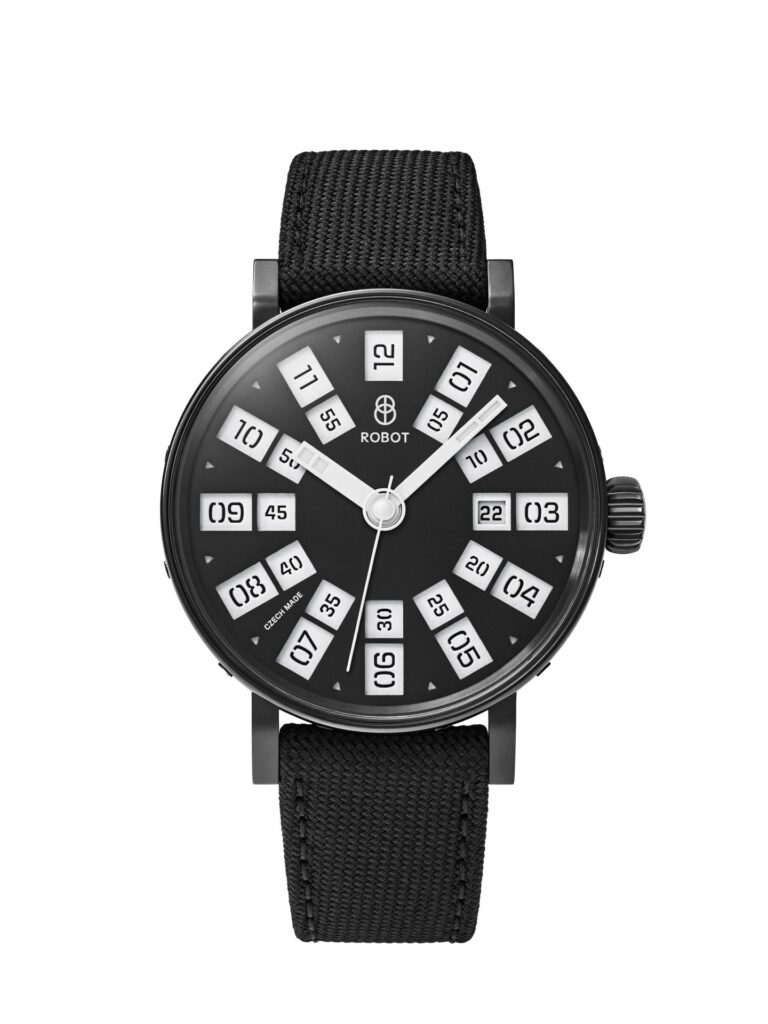 BLACK
BLACK 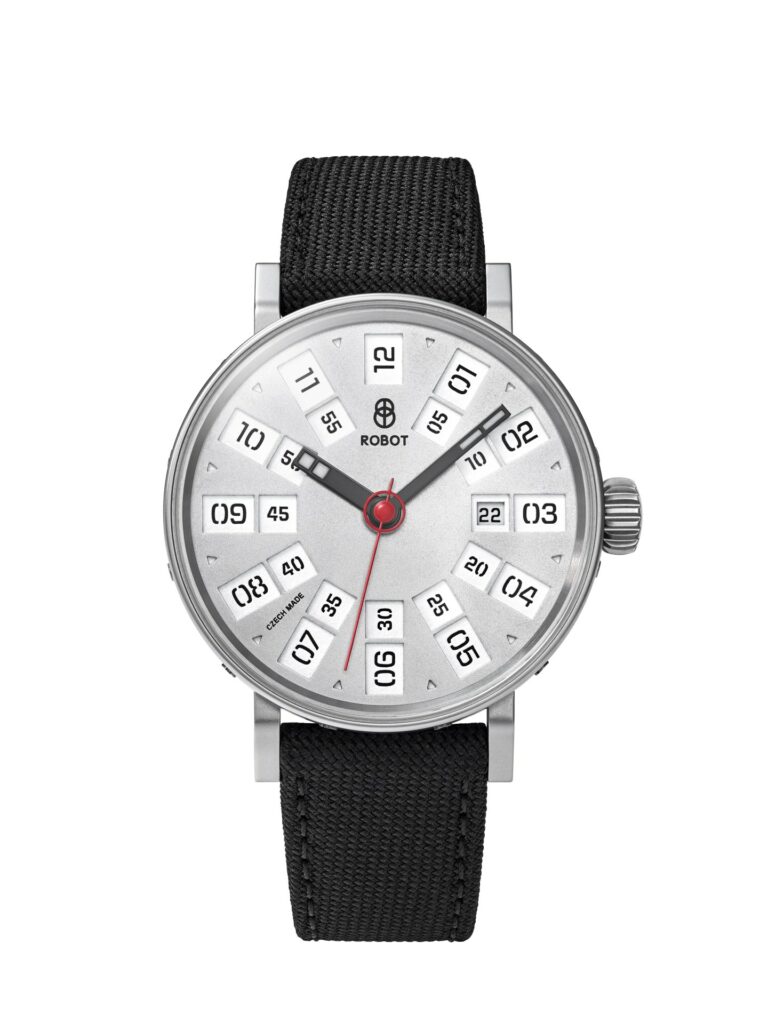 SILVER
SILVER 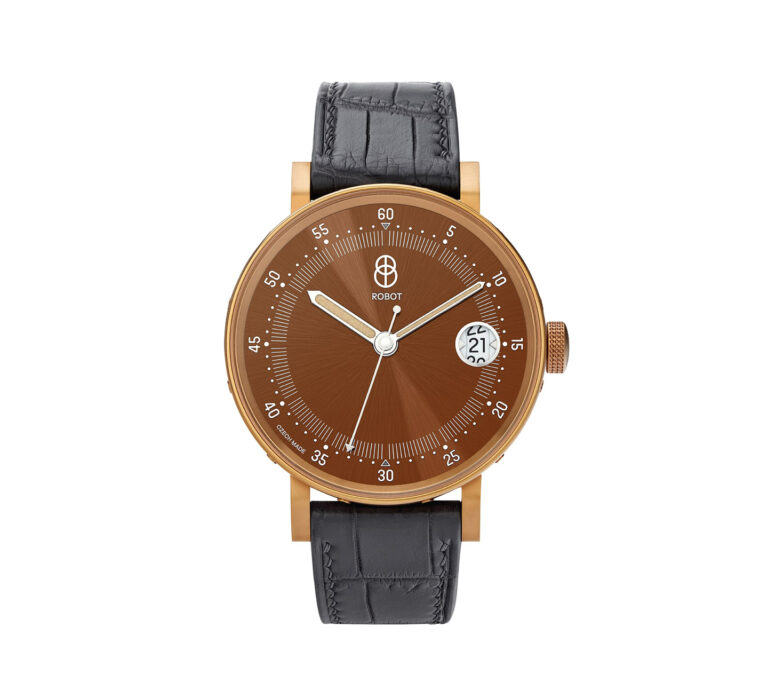 BRONZE AURA PVD
BRONZE AURA PVD 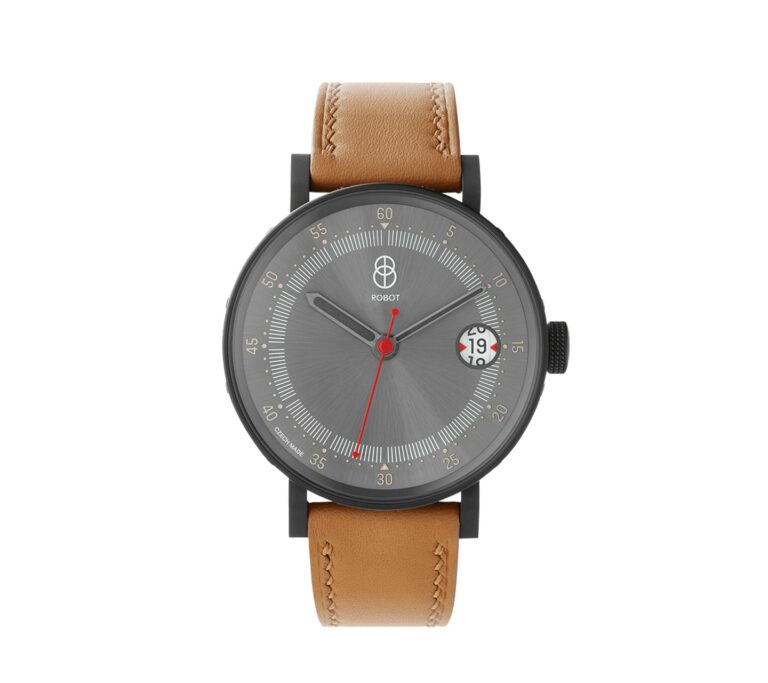 CAMEL ARDOISE
CAMEL ARDOISE 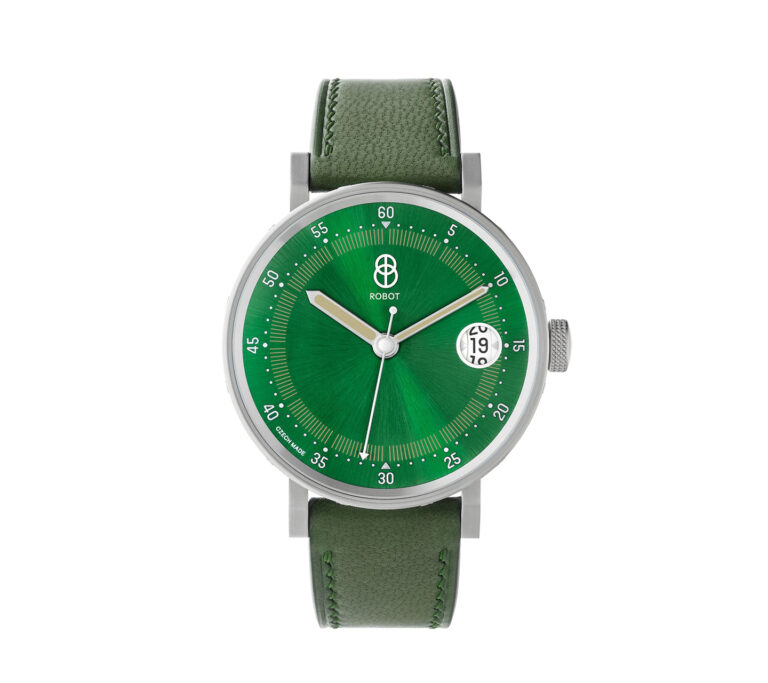 CHAMELEON GREEN
CHAMELEON GREEN 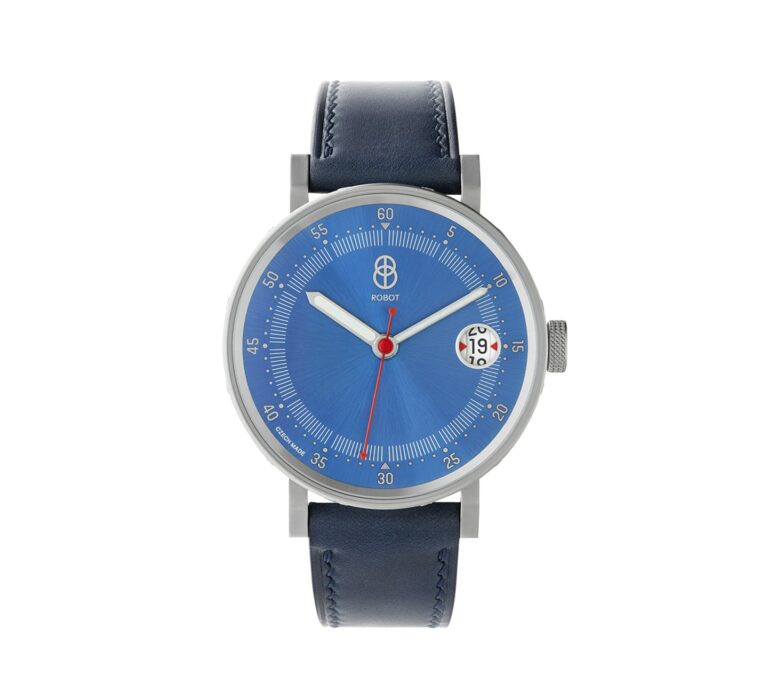 ELEPHANT BLUE
ELEPHANT BLUE 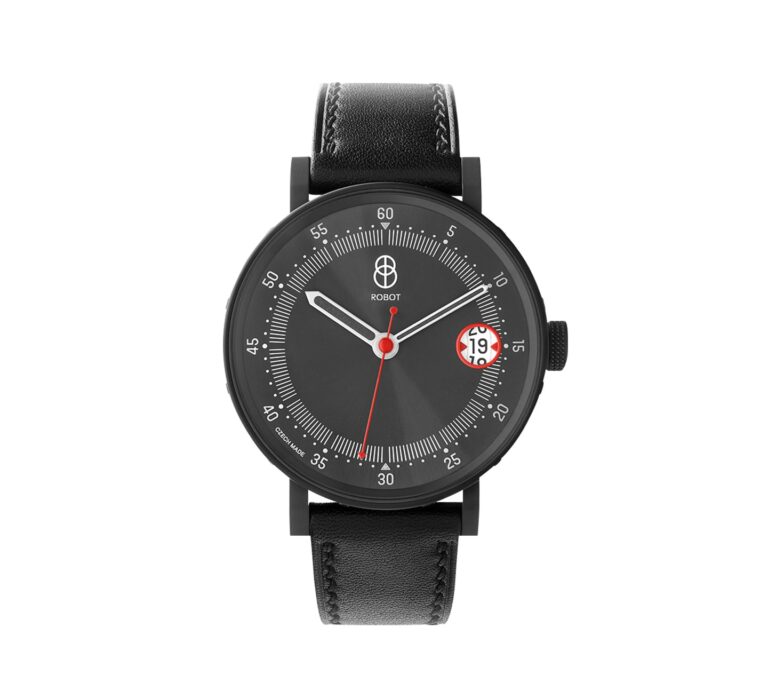 RHINO BLACK
RHINO BLACK 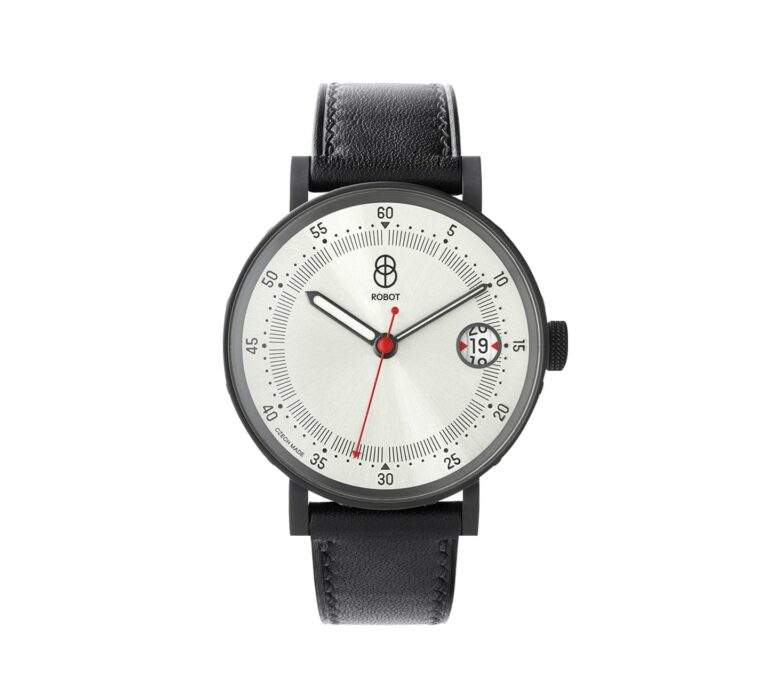 TAPIR WHITE
TAPIR WHITE 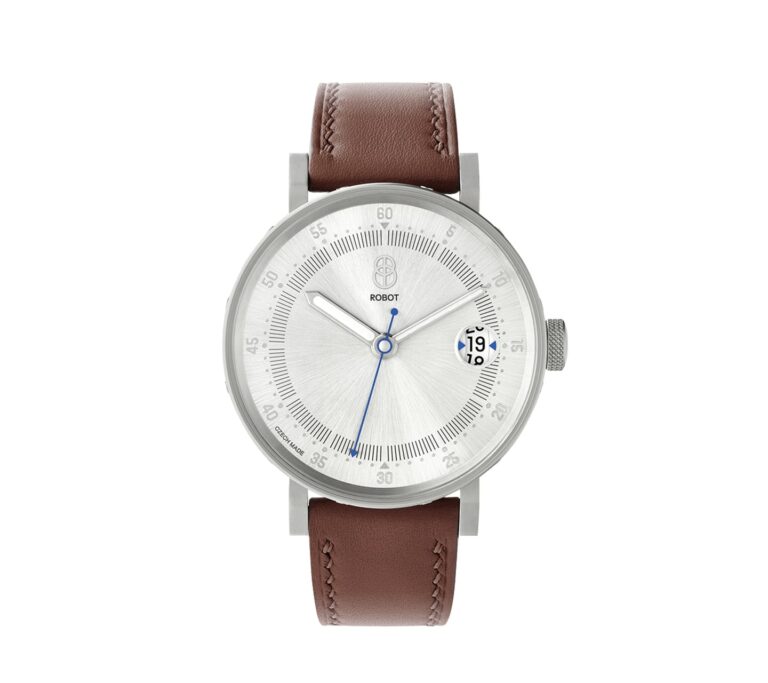 WALRUS SILVER
WALRUS SILVER 